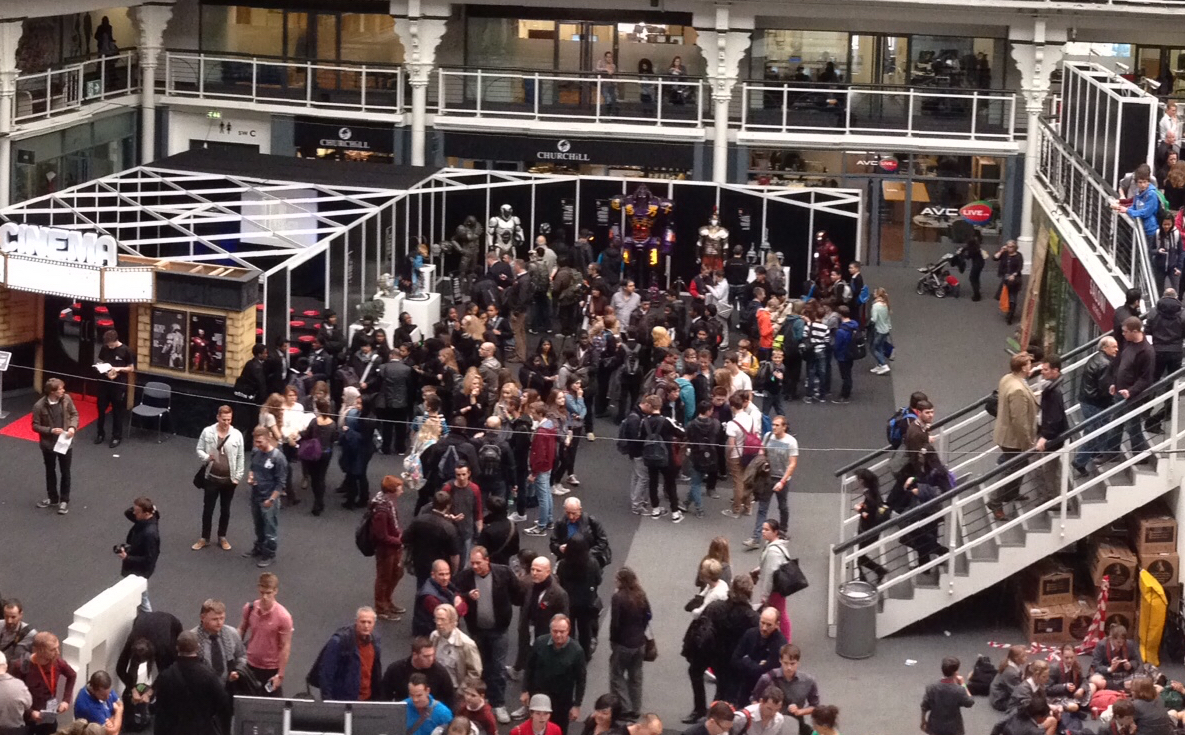
A piece in The Awl comments on the seeming demise of the maker movement through 3D printing by following the story of MakerBot.
The story describes how the desktop 3D printing industry’s business genesis began with the emergence of MakerBot, fueled by a burgeoning maker movement, in which it was thought that everyone is actually a maker.
In fact, Bre Pettis told me that in person several times. I always suspected he was being a bit – or a lot – ambitious on that point. You and I both know many, many people who would never have any interest in or any hope of operating a 3D printer. It’s likely the vast majority of people fall in to that category.
Why? Because 3D printing is hard to do. It currently requires multiple challenging skills that are not taught by default in school, requires a patience to use (and repair) frequently failing machines, and costs money. Oh, and there’s no specific “killer” use case that would cause you to need such a machine.
So what happened then? It seems that during the 2009-2014 run up of interest in the technology, such ideas were commonly portrayed in the media. Every week you’d see a new 3D printed “thing” on the news, and even “3D printed organs” that were apparently just around the corner.
The public got the idea you could make anything, and neither the media, nor the 3D printing businesses did much to counter that point.
And why would they? Their stock prices were driven to ridiculous levels because of that public interest.
It seems to me that at least several companies had this as a strategy: raise public interest in any way possible in order to drive up the stock prices. Or, in the case of MakerBot, such interest likely led to an increased purchase price by Stratasys when they acquired the startup company in 2013.
Could this have been the reason pre-Stratasys MakerBot pushed the media coverage of 3D printing to the limit? To make their company the most visible example of a revolution in the public’s eyes, one that really wasn’t going to happen?
It’s entirely possible. There were several individuals and early investors in MakerBot that made small fortunes from the deal.
While MakerBot launched with intentions of piloting the maker movement via 3D printing, somewhere along the line it seems their objective changed to a far more profit-oriented goal. That change may have happened far earlier than anyone suspects.
Did the maker revolution deliver? For some, it delivered a lot of cash.
Via The Awl

